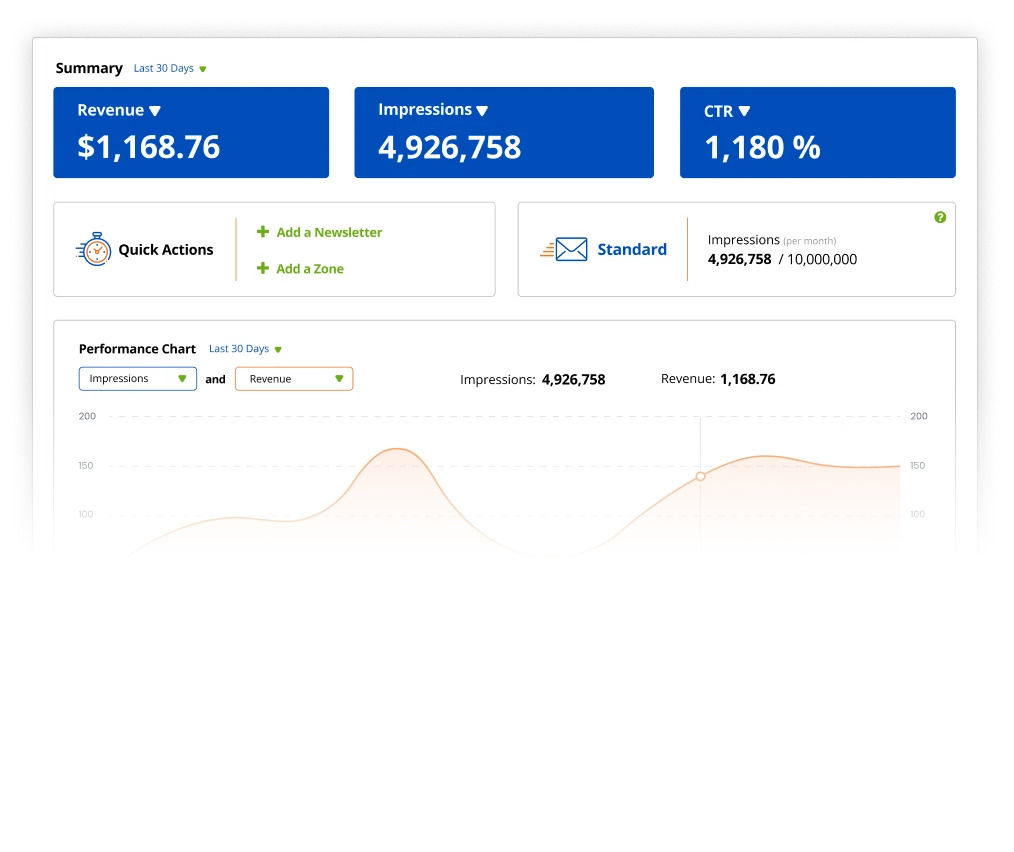Email monetization may not ring a bell in most people’s minds. That’s because, most people consider emails to interact with colleagues, connect with people, or engage with the audience. But with the rise of the creator economy, making money off emails is an interesting-yet-unexplored territory. And that’s what we’d be getting to understand better as we interact with Iulian Danciu, who’s a Product Leader at inboxAds.
PS: the interview has been edited for the sake of brevity.

Table of Contents
1) Before we talk about inboxAds itself, could you share your journey into the world of SaaS?
My journey started back in 2015 when I joined a German company building security and data protection products. Their product organization was very well structured, and I got the chance to experiment with a few things early on. Over the next years – I led teams and built some unique SaaS products within the IoT, Robotics, Testing Automation, Real Estate Management, and Wellness/Health. That led me to inboxAds, where we are building a SaaS email monetization platform that enables publishers to monetize their newsletters.
2) Could you explain what programmatic email monetization means?
Standard email monetization is a collection of tactics that publishers use to gain revenue from their email channel, usually achieved by placing advertisements in their newsletters. This requires a lot of manual work on their side combined with an ongoing effort.
Programmatic email monetization empowers publishers to have a stream of dynamic ads optimized for maximum revenue, with no manual work from their side. Each reader is unique, so the advertisements displayed are different from one to another, calibrated for maximum conversion.
3) With the rise of email newsletters, why do you think ad-based monetization hasn’t been figured out yet?
There are multiple factors at play, including the global pandemic. The advertising industry is highly volatile and going through a transition at the moment.
If we look at the trends, we have the rise of programmatic compared to standard advertising. At the same time, native advertising is replacing traditional display advertising. Email is one of the oldest channels available for monetization and is mostly overlooked because of the rise of newer, trending ones. Because of this, companies are shifting their efforts to other channels, believing that they have already tried or maximized their potential with email.
However, the global pandemic played a key role in the rise of email monetization. The sudden changes required publishers to try new things or seek to improve their existing strategies. We’ve talked with many publishers over the past year and some of them increased their email channel by up to 300 percent in just 12 months, with plans to keep the same trend over the next period.
4) Speaking of that, with the rise of the creator economy where users want to pay for their subscription, why do you feel programmatic ads in the email would be important?
There will always be a freemium model on the market. While some people are willing to pay for curated content, being ad-free, the vast majority will still consume what is offered for free.
Companies can monetize their content on the freemium user base effortlessly using programmatic ads.
5) Could you share how many customers you have now? And what industries are using inboxAds the most?
We’re working with over 350 customers. Most of them are digital publishers, email marketers, or other SaaS companies with products built around email.
6) What’s next for inboxAds? Any new features that you are working on?

We’re releasing our third product in the portfolio this year, making inboxAds a complete advertising ecosystem. This will be a major milestone for our company.
For the existing products, the features currently developed will enable publishers to get more control over their inventory fill.
7) What is your favorite SaaS software out there?
Most of the tools we’re using today are SaaS, including the entertainment ones, so the list would be quite long. For productivity, my favorite is G Suite (now Workspace) from Google. I also use the fintech SaaS Revolut for personal banking






